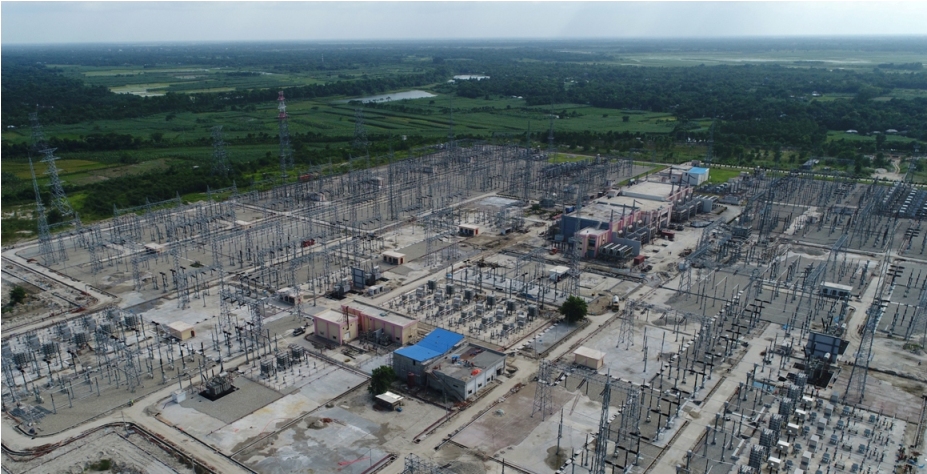Siemens recently announced that in June this year, it fully commissioned the second block of the high-voltage direct-current (HVDC) back-to-back link in Bheramara, Bangladesh, to connect the electricity supply networks of India and Bangladesh with a transmission capacity of up to 500 mw.
Block 1 is in operation since 2013 and offers a transmission capacity of up to 500 mw. With Block 1 and 2 operating in parallel, the Bheramara HVDC back-to-back link has a capacity of up to 1,000 mw, which is the highest reliable power capacity in Bangladesh, a release from Siemens said.
HVDC links are used to enhance weak AC links by transmitting large amounts of active power and facilitating fast controllability of the power flow
On July 27, 2018, the trial run was successfully completed. However, Block 2 was been put into commercial operation since July 2, 2018, to support the customer’s operating needs. From Bheramara at the Western border of Bangladesh, the 230kV grid of the country will be connected via a substation and overhead lines to India’s 400kV grid.
“We are especially pleased to hand over Block 2 of the Bheramara HVDC back-to-back link to Power Grid Corporation of Bangladesh,” states Mirko Düsel, CEO Transmission Solutions at Energy Management.
On a turnkey basis, Siemens was responsible for engineering, installing and commissioning of the complete HVDC system consisting of two back-to-back converter stations in Bheramara.
The company’s scope of supply encompassed delivery of all electrical components including the control, protection and monitoring systems for the HVDC system, the thyristor valves, eight converter transformers and the AC filters. Siemens’ proven HVDC Classic technology with its fast control function will contribute toward stabilization of the connected systems, which is a key benefit in the event of grid disturbances. Furthermore, this high capacity power link will help to avoid bottlenecks on the 230kV side of Bangladesh.
Siemens is a world leader in HVDC technology and has installed more than 55 projects worldwide with an overall transmission capacity of 94 GW, the release said.
What is a back-to-back HVDC link?
With a back-to-back HVDC link two independent neighboring transmission systems with incompatible electrical frequencies, exceeding short-circuit power levels or different operating philosophies are connected. Rectifier (conversion of AC to DC) and inverter (conversion of DC to AC) are in the same converter station, known as back-to-back.
HVDC links are used to enhance weak AC links by transmitting large amounts of active power and facilitating fast controllability of the power flow, especially when the existing networks have reached the limit of their short-circuit capability.
Second HVDC Link
It may be recalled that in September 2017, the board of Power Grid Corporation of India approved investment of Rs.198.49 crore for developing the a 400kV transmission line (Indian portion) running from Baharampur (West Bengal, India) to Bheramara (India-Bangladesh border). The commissioning schedule is 24 months from the date of investment approval, which works out to around September 2019. This would be part of the second HVDC link between India and Bangladesh.
Featured photograph sourced from Siemens shows an aerial view of the new Indo-Bangladesh HVDC link

